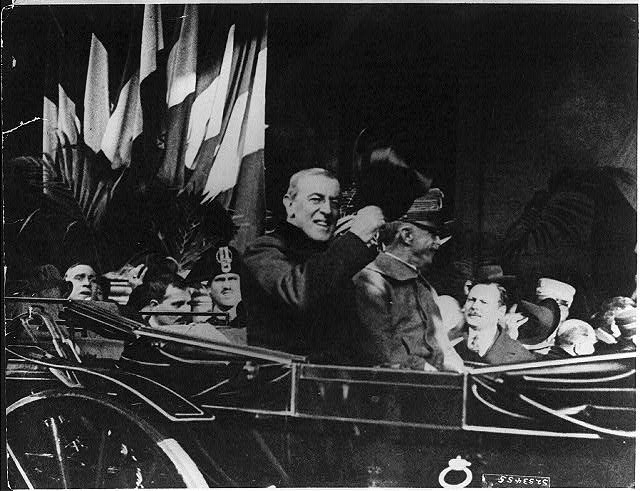On November 11, 1918, Americans celebrated a cease fire that was essentially the end of World War I, the so-called war to end all wars. It was on the 11th hour, of the 11th day, of the 11th month that an armistice was reached between the Allied nations and Germany and essentially halted fighting on most battlefields. While the Treaty of Versailles was not signed until June of 1919, the cease fire date became the symbolic end of the war. US President Wilson declared the first official day of recognition of Armistice that year, but It wasn’t until 1938 that Congress recognized November 11 as a Federal holiday that would be “a day to be dedicated to the cause of world peace and to be thereafter celebrated and known as Armistice Day.’”
The tragic history of US wars and global conflicts including World War II and the Korean War occurred notwithstanding the pledge reached within the council of nations from earlier in the century. Citing the massive casualties and the multitude of US military personnel who also deserved a day of honor, and with heightened nationalistic pride, in 1954 the word “Armistice” was removed from the legislation, and replaced with Veteran to make “Veterans Day,” more recently defined by the Veterans Administration as a “celebration to honor America’s veterans for their patriotism, love of country, and willingness to serve and sacrifice for the common good.”
This modern interpretation, and guiding mission for the holiday in 2021, departs with severity from the peaceful sentiment with which President Wilson stated in his original decree in 1919 and later resolved in Congress in 1926. President Wilson, who had himself been impacted by the bloodshed and terror of World War I along with many at the time, intended that the nation take Armistice Day to reflect with a “solemn pride” in recognizing the ultimate sacrifice that those who died while in the Service had made, and “because of the opportunity it has given America to show her sympathy with peace and justice in the councils of the nations.” Within a resolution Congress passed in 1926, officially ending WWI and marking the 11th of November as the Armistice Day, the first clause uttered clarity to specific aims for peace:
“Whereas it is fitting that the recurring anniversary of this date should be commemorated with thanksgiving and prayer and exercises designed to perpetuate peace through good will and mutual understanding between nations.”
While the cause, strategies, and outcomes of global conflicts can hardly be simplified, the a common interest in peaceful resolution to conflict merits note. Veterans for Peace also calls for the reclamation of Armistice Day, in an effort to promote peace and justice rather than war.
Much of the content of this summary can be found here: https://www.va.gov/opa/vetsday/vetdayhistory.asp


